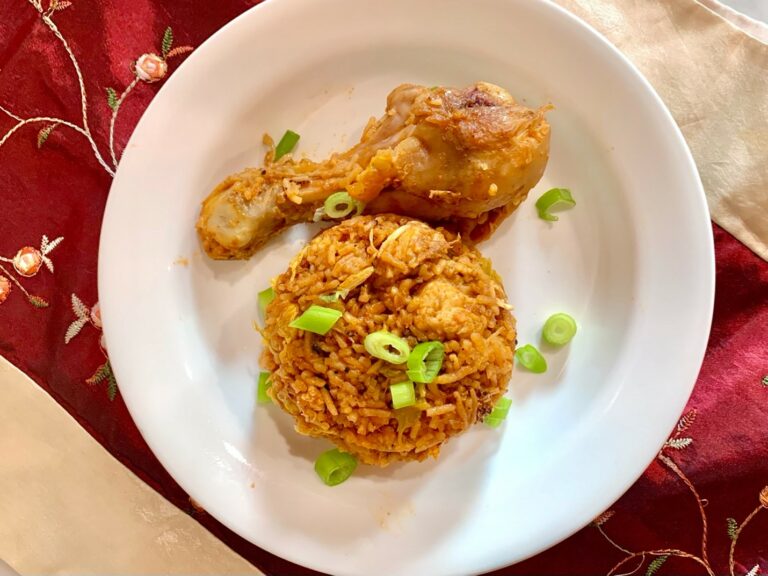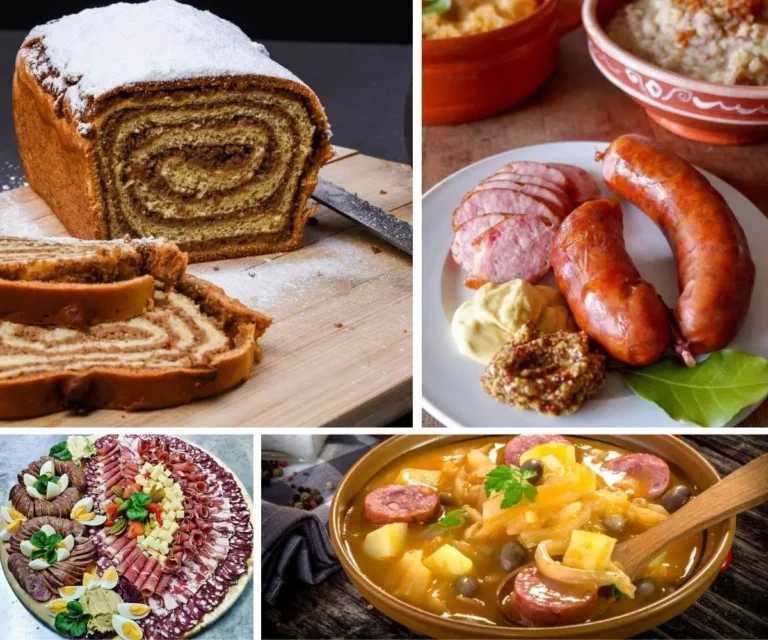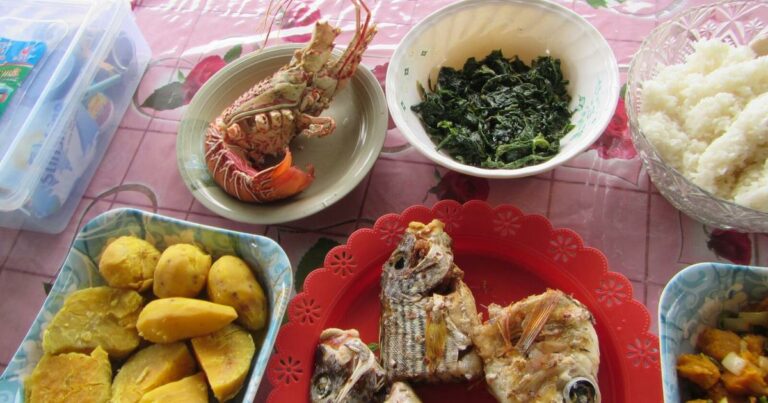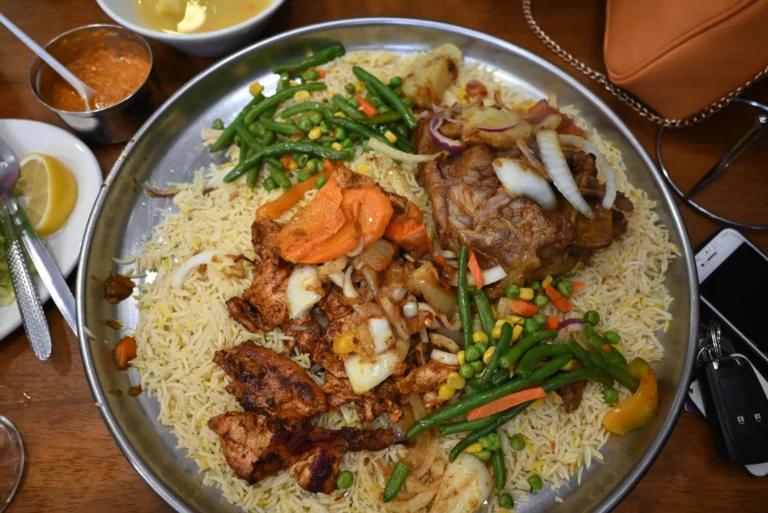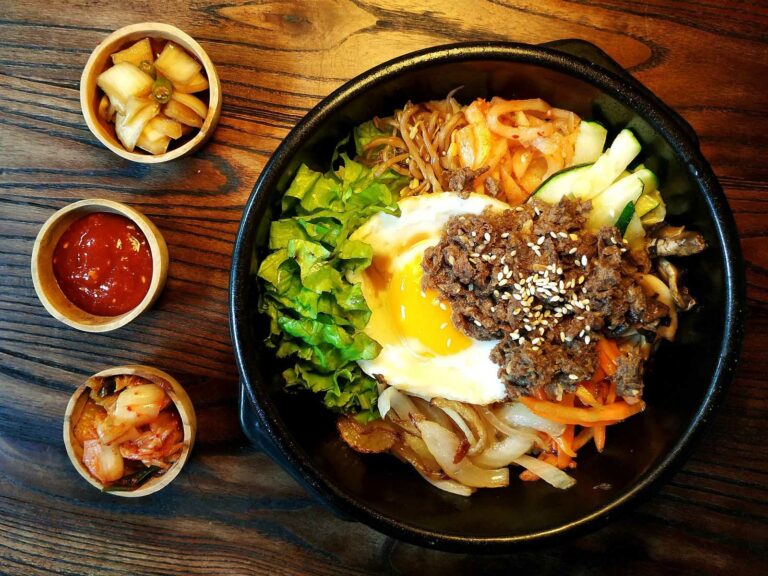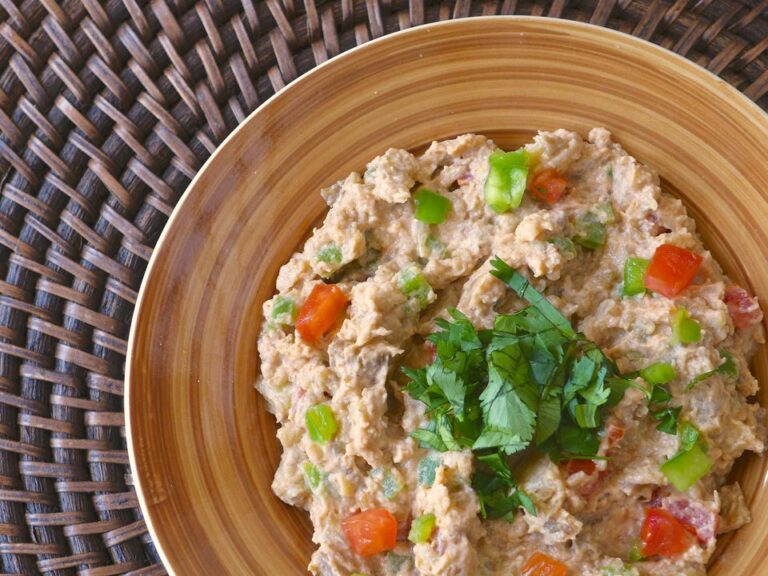Introduction: Serbian cuisine overview
Serbian cuisine is a unique blend of Eastern European and Mediterranean influences, making it one of the most interesting culinary experiences in the Balkans. The dishes in Serbia are hearty and filling, with meat taking center stage. Traditional Serbian cuisine is characterized by its rich and robust flavors, often incorporating a range of herbs and spices.
Common ingredients in Serbian dishes
The most common ingredients in Serbian dishes are meat (beef, pork, lamb, and chicken), potatoes, onions, peppers, tomatoes, and cabbage. Dairy products such as cheese and yogurt are also widely used. Serbian cuisine is well known for its grilled meats, hearty stews, and soups. Bread is a staple food in Serbia, and it is often served alongside main dishes.
Spices used in Serbian cuisine
Serbian cuisine is known for its use of a range of herbs and spices. Some of the most commonly used spices include paprika, garlic, pepper, bay leaves, and parsley. These spices add depth and complexity to dishes, and they give Serbian cuisine its signature flavors.
Heat level in Serbian dishes: mild or spicy?
In terms of heat level, Serbian cuisine can vary from mild to spicy. Although spicy dishes are not as common as in other cuisines from the Balkans, they can still be found in traditional Serbian cuisine. The heat level in Serbian dishes depends on the type and amount of spices used.
Examples of mild Serbian dishes
One of the most popular mild Serbian dishes is sarma, which is a cabbage roll filled with rice and ground beef or pork. Other mild Serbian dishes include cevapi, which are grilled meat sausages, and pasulj, which is a thick bean and vegetable stew.
Examples of spicy Serbian dishes
Although they are not as common as mild dishes, there are some spicy Serbian dishes that are worth trying. One of the most popular spicy dishes is ajvar, which is a roasted red pepper and eggplant spread. Another spicy dish is pindjur, which is a spicy relish made from roasted peppers and eggplants. Kobasice, which are spicy sausages, are also a popular dish in Serbia.
In conclusion, Serbian cuisine offers a range of dishes that vary in heat level. Whether you prefer mild or spicy food, there is something for everyone in traditional Serbian cuisine. From hearty stews to grilled meats, Serbian cuisine is a must-try experience for any food lover.



